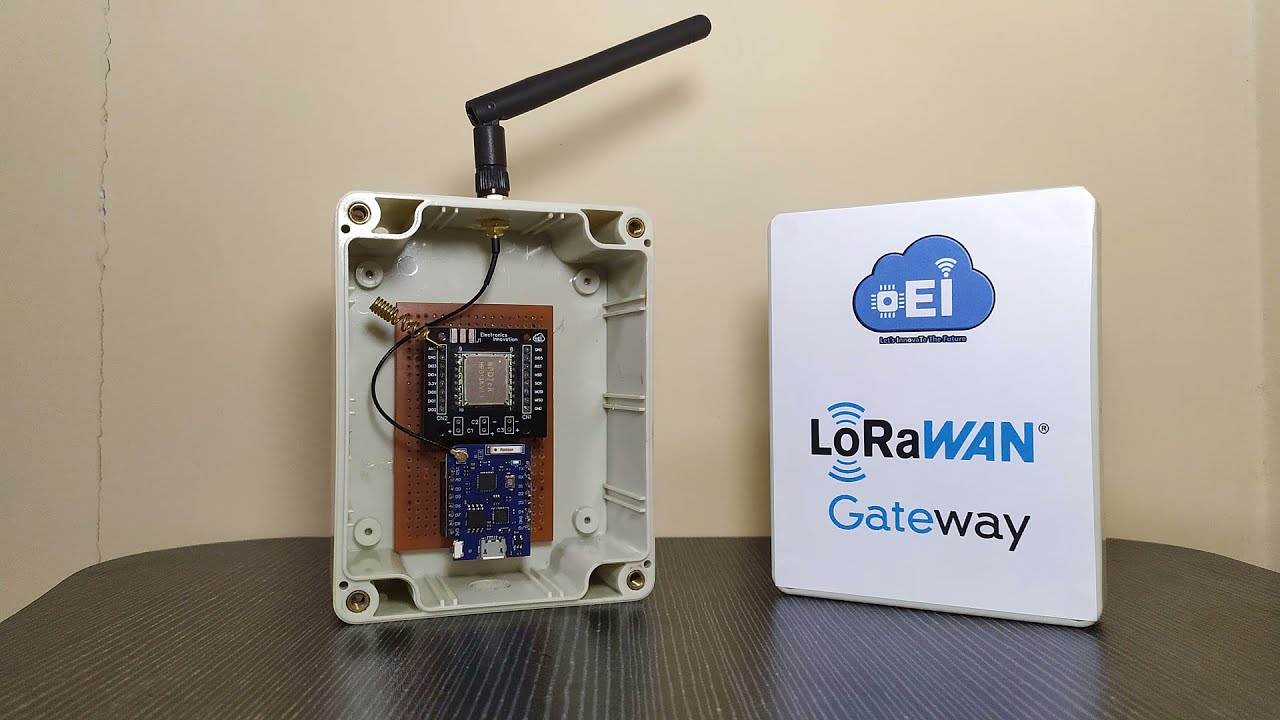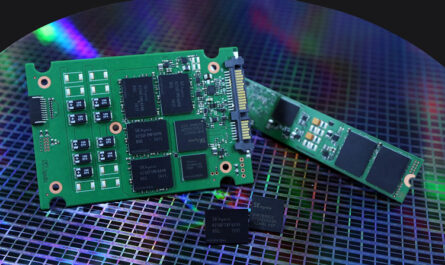The Internet of Things (IoT) is enabling devices across various industries to connect and exchange data with each other. However, one major challenge that has hindered wide scale IoT implementation is the limitation of traditional wireless technologies in providing communication over long ranges, especially in rural and remote areas. This is where LoRa Gateway plays a pivotal role by facilitating reliable and cost-effective long range communication.
What is LoRa Gateway?
A LoRa Gateway, sometimes also referred to as a concentrator, is a device that acts as the interface between LoRa enabled devices and a network server. LoRa is a long range, low power wireless radio technology developed by Semtech for IoT applications. Devices using LoRa technology can communicate with a LoRa Gateway over distances of 10-15 km in rural areas and 2-5 km in urban areas.
The gateway receives transmissions from LoRa devices within its coverage area and forwards the data to a network server using a different connectivity like Ethernet or cellular. This server then routes the data to its intended destination over the internet. On the other hand, the gateway also receives downlink transmissions from the server and broadcasts them to LoRa devices.
Enabling Communication Over Long Ranges
One of the biggest advantages of using LoRa technology with a gateway is its ability to provide communication over long ranges of several kilometres. This is achieved through LoRa’s modulation technique that makes optimal use of bandwidth to provide extraordinary sensitivity and robustness against interference.
Compared to other short range wireless technologies like WiFi or Bluetooth which have an effective range of only 100 meters, LoRa enables devices to be placed kilometres away from the gateway and still exchange data reliably. This long range capability opens up IoT implementation across various use cases that require communicating over large outdoor areas.
Some examples include smart agriculture solutions with sensors and devices deployed in wide farm fields. Environmental monitoring equipment placed in remote and hard to access natural areas. Smart city applications like controlling street lights, Smart parking solutions etc. Asset tracking for logistics, transportation etc.
Reliable Communication in Challenging Conditions
In addition to long ranges, LoRa also provides reliable communication even in challenging radio frequency conditions which are very common in rural and remote areas. Traditional wireless technologies face issues like interference, absorption and refraction of signals due to factors like distance, vegetation, atmosphere etc.
However, LoRa transmissions are highly robust against these impairments due to their spread spectrum modulation technique. Even with presence of noise or signal issues, the gateway is capable of receiving messages from LoRa devices reliably. This makes LoRa an ideal technology for implementing IoT projects in agriculture, environment monitoring,smart utility networks in rural areas.
Multi-hop Communication
Another useful capability enabled by LoRa Gateway is multi-hop communication. Since LoRa devices can communicate over long distances with line of sight to the gateway, they can also forward each others messages if placed strategically to extend the overall network coverage even further.
For example, if two sensors are placed 10 kms apart in an area with hilly terrain, but one is 5 kms from gateway while other is 15 kms. The closer sensor can receive data from the farther one and forward it to the gateway in a single hop, providing last mile connectivity. This multipath routing extends the coverage of single gateway significantly.
In the above way, a single LoRa gateway along with appropriately placed LoRa devices can create a large mesh network covering hundreds of square kilometers for various IoT use cases requiring wide area connectivity at low costs.
Integration with Other Protocols
While enabling LoRa communication over long ranges, the gateway also provides protocol translation and integration functionality. It receives transmissions from LoRa enabled devices and forwards the extracted data to a network server or application backend using different connectivity like Ethernet, 3G/4G cellular etc.
This allows the LoRa network to seamlessly interface with existing IP networks. The application server can then route the data further through internet to its endpoint systems. On the downlink side, commands and data meant for LoRa devices are translated and broadcasted by the gateway.
In this way, the gateway acts as the intermediary, bridging the gap between the long range low power LoRa network of devices and traditional IP networks supporting various enterprise and IIoT applications. Many gateways also support standards like MQTT for seamless machine to machine communication.
Affordable Implementation
Compared to deploying and managing separate network infrastructures for different technologies, a LoRa gateway provides the benefits of a single low-cost gateway that can support a large number of IoT devices and applications over a wide area.
Gateways range from simple basic models to advanced versions supporting industrial grade features and integrations. But even the basic gateways have capabilities to support 50-100 devices and a coverage of 5-10 kms, at fractions of deployment cost versus WiFi or cellular options.
Add to this the ultra low power consumption of IoT devices using LoRa which have battery lives measured in years. All these factors come together to deliver significant Total Cost of Ownership benefits for IoT projects especially those requiring monitoring over large rural and remote areas.
To summarise, a LoRa gateway is a crucial network component enabling the practical implementation of Internet of Things projects that require reliable long range communication capabilities. By bridging between the long range low power LoRa network of devices and traditional IP networks, it opens up IoT to a wide range of new applications across industries from agriculture to logistics to smart cities. Combined with the benefits of low deployment costs, robustness and multi-hop mesh networking, LoRa gateways are enabling next generation IoT innovation on a global scale.




